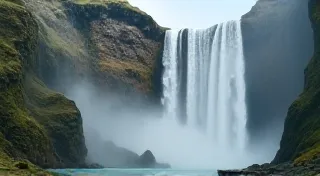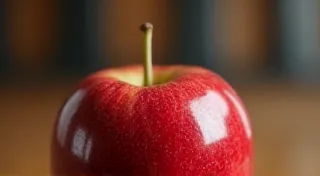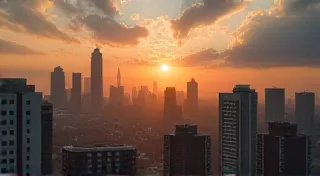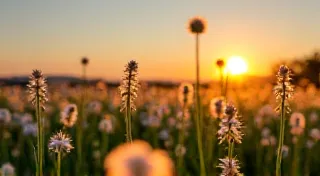The Unseen Grammar of Light: How Shadows Shape Photographic Narrative
Photography, at its core, isn’t about meticulously adjusting aperture or obsessing over ISO. It's about light. And while we often focus on the areas illuminated, it's the dance of shadows – their placement, their intensity, their form – that truly sculpts a photograph's narrative power. They aren't simply the absence of light; they're active participants, whispering secrets and guiding the viewer's eye. Mastering this “grammar of shadows” elevates a technically sound image into something deeply resonant, something that evokes emotion and tells a story far beyond what the subject itself might convey. Understanding how light interacts with a scene is a fundamental aspect of photography, and many aspiring photographers find the basics a little daunting. If you’re just beginning your photographic journey, learning the foundational elements can make a huge difference.
I remember my grandfather, a quiet man of meticulous habits, restoring antique accordions in his workshop. The light filtering through the dusty windows, often dappled and uneven, created a mesmerizing interplay of light and shadow across the instruments. Each bellows, each key, was revealed and concealed in a delicate ballet of illumination. It wasn’t a brightly lit scene, but it was captivating, and I realized then, without fully understanding it at the time, that the shadows were as vital to the story as the light itself. They hinted at the instrument’s history, the countless hands that had played it, the emotions it had witnessed.
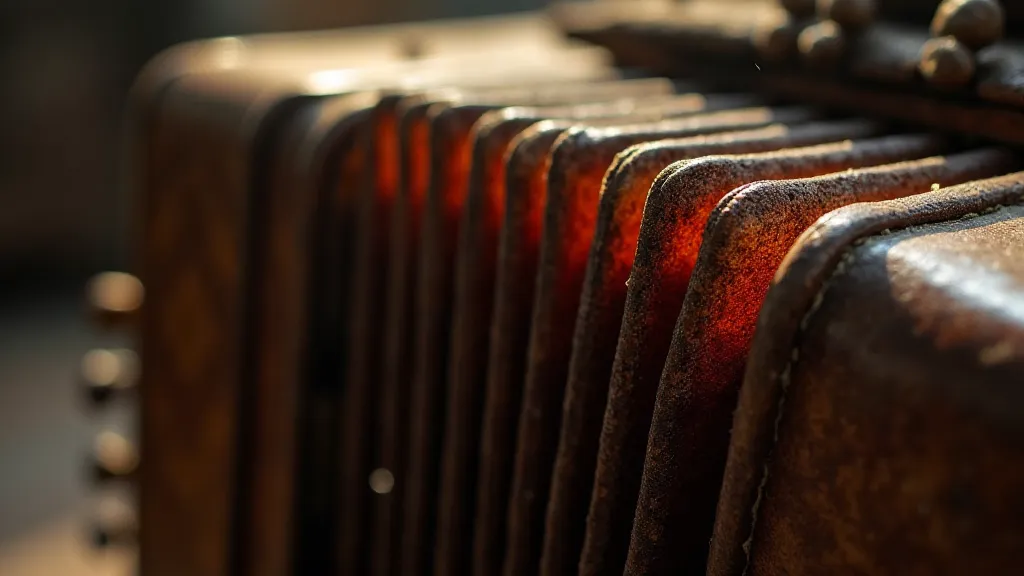
The History Etched in Shade
Consider the history embedded within an antique accordion. These weren't mass-produced; they were crafted. Each piece of wood carefully chosen, each reed meticulously tuned. The craftsmanship speaks volumes, but it's often the shadows that reveal the subtleties. A long shadow cast by a carved rose might highlight the intricate detail, while a deeper shadow within a crack might tell a silent story of age and repair. The shadows aren’s flaws; they’re testaments to the passage of time, to the dedication of the maker, and the experiences of the player. The way light defines shape is a key compositional element, and something many photographers experiment with during post-processing. If you’re looking for a beginner's guide to image editing, you may find our Introduction to Photo Editing: A Beginner's Workflow helpful.
Early accordion makers, often working in poorly lit workshops, were inherently masters of shadow. They understood, intuitively, how to utilize the available light to showcase their artistry. Later, with the advent of electric lighting, the intentional use of shadow became a more conscious artistic choice. Photographers began experimenting with dramatic lighting, using shadows to create mood and emphasize form. Think of the chiaroscuro paintings of the Baroque period, where the contrast between light and dark was used to create a sense of drama and emotional intensity – that same principle applies powerfully to photography. Learning to effectively use light can be challenging, and is often paired with an understanding of how to best use a composition technique like the Rule of Thirds: A Simple Composition Technique.
Shadows as Sculptors: Revealing Form
Shadows aren't just about mood; they’re also incredibly effective at defining form. Think of a sculptor. They don't just add clay; they remove it to reveal the shape within. Similarly, shadows carve out the three-dimensionality of your subject. A strong side light can accentuate the curves of a face, highlight the texture of a weathered surface, or create a sense of depth in a still life arrangement. The precise way that shadows fall and interact with a scene is something that photographers often fine-tune, especially when experimenting with different editing styles. For many photographers, a basic understanding of Simple Photo Editing in Lightroom for Beginners is a great foundation.
Experiment with sidelighting. Position your light source to the side of your subject, rather than directly in front or behind. Observe how the shadows fall. Do they create a sense of drama? Do they emphasize certain features? Try moving the light source closer or further away, or changing its angle. Even small adjustments can have a significant impact on the appearance of your image. Pay attention to the *quality* of the shadow – is it hard and crisp, or soft and diffused? This is largely determined by the size of the light source. A small, focused light will create hard shadows, while a larger, diffused light will create softer shadows. The ability to manipulate shadows and highlights is a skill that takes practice, but can be achieved through careful lighting and deliberate choices during the image capture process.
Beyond the Subject: Leading the Eye
Shadows also serve a crucial role in guiding the viewer's eye through the composition. They can be used to create lines of sight, draw attention to specific areas, or create a sense of depth and perspective. A strategically placed shadow can lead the viewer’s eye towards the main subject, or create a feeling of mystery and intrigue. The careful placement of shadows is just one of many aspects of photography to master, and building a strong foundation through basic techniques can be highly beneficial.

Think about how shadows can be used to create leading lines. A shadow cast by a building can draw the viewer’s eye towards a distant landmark. Or a shadow cast by a person can create a sense of movement and direction. Even negative space – the areas of the image that are devoid of subjects – can be enhanced through the strategic use of shadow. A dark, shadowy area can create a feeling of isolation or loneliness, while a brighter, more illuminated area can create a feeling of hope or optimism. The use of negative space is a compositional strategy that is often intertwined with how shadows are utilized.
The Subtle Art of Restoration and Appreciation
Understanding the role of shadow is also surprisingly relevant to the appreciation and even restoration of antique accordions. A skilled restorer doesn't simply try to eliminate all signs of age; they work to *reveal* the beauty and history embedded within the instrument. A carefully applied varnish might enhance the richness of the wood grain, while a gentle cleaning might reveal the intricate details of the carvings. The goal is not to create a perfect, flawless replica, but to preserve the character and authenticity of the original. The process of restoration is a delicate balance of revealing and preserving, and the understanding of how light interacts with the instrument is key to achieving a successful outcome.
Similarly, when collecting antique accordions, appreciating the way light and shadow play across the instrument’s surface adds another layer of enjoyment. A well-worn bellows, partially obscured by shadow, tells a story of countless performances. A faded inscription, revealed by a shaft of light, connects you to the instrument’s past. Each subtle variation in tone and texture, accentuated by the interplay of light and shadow, contributes to the instrument's unique character and history. The beauty of an antique accordion is often found in the details that are revealed through careful observation and appreciation of the way light interacts with its surfaces.
Embracing the Darkness
Ultimately, mastering the grammar of shadows in photography is about embracing the darkness. It's about recognizing that shadows aren't something to be feared or avoided, but rather a powerful tool for storytelling. It's about learning to see the world in a new light – a light that is richer, more nuanced, and far more compelling. This understanding extends beyond the technical aspects of photography; it’s about cultivating a deeper appreciation for the beauty and complexity of the world around us.
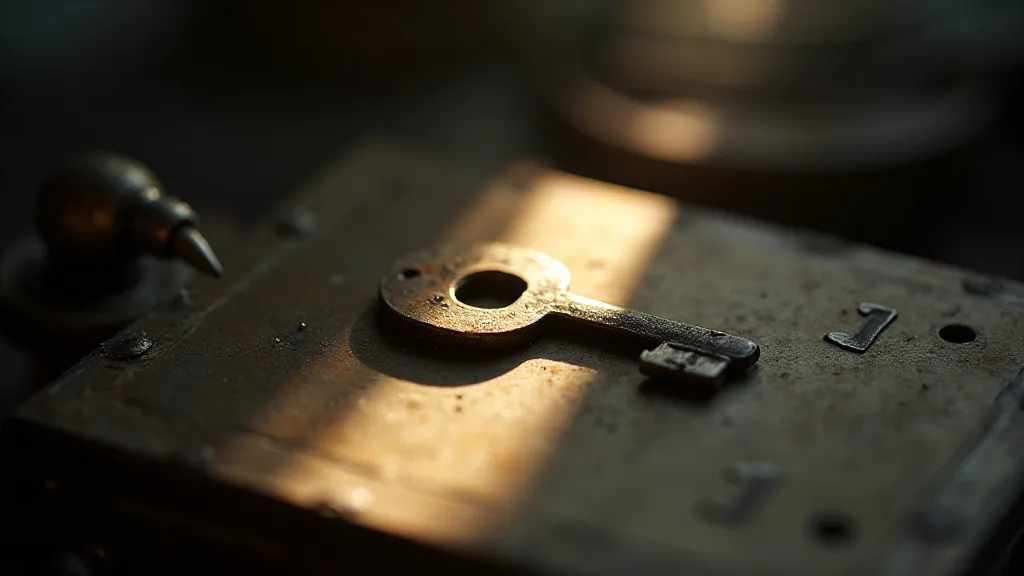
So, next time you pick up your camera, don’t just focus on the light. Pay attention to the shadows. Observe how they fall. Experiment with their placement. And discover the unseen grammar that shapes photographic narrative. By understanding the subtle nuances of light and shadow, you can elevate your photography from a simple snapshot to a powerful and evocative story.
Consider the impact of different light sources – natural light, artificial light, warm light, cool light. Each type of light brings a unique character to the scene, influencing the mood and tone of the photograph. Understanding these nuances allows you to make deliberate choices about how to best utilize light to achieve your desired effect. The ability to see the world in terms of light and shadow is a skill that takes practice, but one that can transform your photography forever. Exploring different techniques, such as long exposure photography, can also dramatically alter the way shadows appear in an image.
Furthermore, consider how the time of day significantly impacts the quality and direction of light. The golden hour, the period shortly after sunrise and before sunset, offers soft, warm light that is flattering to subjects and creates beautiful shadows. Conversely, midday light can be harsh and unflattering, casting strong shadows that can be difficult to manage. Planning your shoots around the time of day can make a significant difference in the final result.

